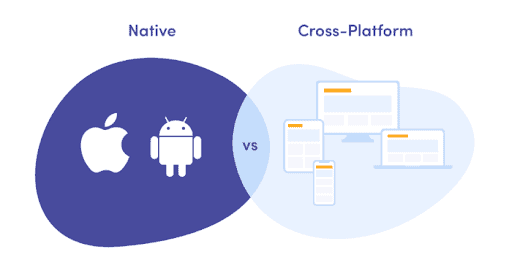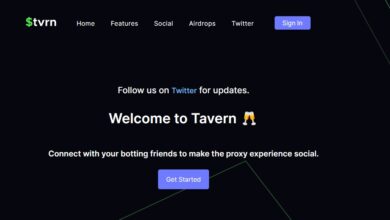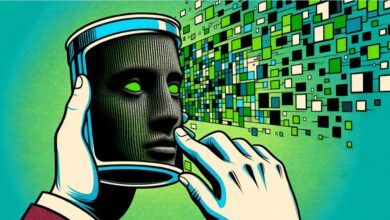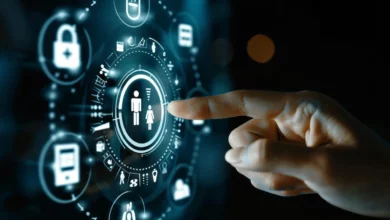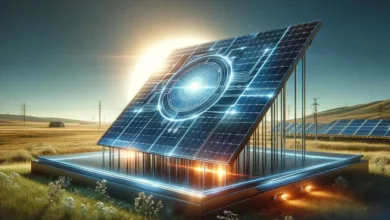
In July, Data Reportal released interesting statistics: there were as many as 168 million more people switching from desktops to smartphones this year. This is the first reason to think about custom software development for your business.
The development cost is influenced by several factors, including the complexity of the application, the size of the team, and the number of platforms to run the application. But let’s take things in order. In this article, we will talk in detail about the key factors, help you calculate the approximate costs of your own project, and also consider the development time for applications with different functionality.
What We Start With
The cost of developing custom software mostly depends on the number of innovative technologies and the desired functionality.
A simple application is limited to basic functionality and a relatively primitive user interface. Examples of simple applications are brochures, maps, GPS trackers.
Medium complexity software is more advanced in both functionality and design. Most apps on the App Store or Google Play fall into this category. Social networks, fitness trackers, photo editors — applications of medium complexity are constantly entering the market.
Finally, when we talk about a complex app, we mean a unique, fully customized app with modern features and a detailed user interface. Complex applications often use new technologies that are developed from scratch. Project costs in this case are massive, we won’t lie, however you’re getting a fully customized platform which is created to return your money within a relatively short time.
Further we’ll be exploring the cost of development depending on the complexity of the application, but keep in mind that these are approximate figures.
Development Stages
Now let’s look at the stages of creating, for example, a mobile application and find out what is hidden behind its cost.
Stage 1. Project analysis
Ten years ago, every business dreamed of creating an application just to be trendy and keep up with competitors. But customers underestimated the project analysis stage.
Even now, according to a Clutch survey, only 70% of clients consider an initial design review with their development team important. However, the mobile app market is so competitive that the decision to eliminate the first stage can lead to reputational and financial losses. Project analysis has become one of the mandatory requirements.
The cost of a project analysis in the process of software development can vary depending on a number of factors, such as the complexity and size of the project, the extent of analysis required, and the expertise of the professionals involved. Generally, project analysis involves several stages.
The first step is gathering requirements, where the project team interacts with stakeholders to identify their needs and expectations. This stage may involve interviews, surveys, and workshops.
The second step is analyzing requirements, where the gathered information is reviewed and analyzed to ensure feasibility and create a clear understanding of project objectives.
The third step is creating a functional specification, where detailed documentation is prepared that outlines the functionalities, features, and workflows of the software. This stage helps in establishing a common understanding among the development team and stakeholders.
Finally, the fourth step is estimating costs, resources, and timelines, where the project team evaluates the effort and resources required for successful implementation.
The average prices for project analysis can range from a few thousand dollars for small projects to tens of thousands or more for larger and more complex projects.
Stage 2. UI/UX design
Now that you have a plan for the application, it’s time to decide what it will look like. The cost of UI/UX design can vary depending on the number of app screens and the rate of the designer you want to work with. You may also face additional costs if you change functionality or move away from the original app idea during the design stage.
One of the main factors that affect the price is the complexity of the design itself. If the software requires a simple and straightforward user interface with basic functionalities, the cost of design may be lower compared to a software that demands a highly interactive and intricate user experience. Additionally, the level of customization required also plays a role in determining the cost. Designing a completely unique and tailored user interface will generally be more expensive than using pre-existing templates or design frameworks.
Another factor that impacts the cost is the experience and reputation of the designer. Well-known and highly skilled designers typically charge higher rates for their services due to their expertise and established track record. The average rate of a Ul/UX designer can vary widely depending on their location, level of experience, and the complexity of the project. On average, a Ul/UX designer can charge anywhere from $50 to $150 per hour.
Furthermore, it is important to consider potential additional costs when changing functionality or adding new features during the development process. Altering the original design may require extra time and effort from the designer, which can result in increased costs. Generally speaking, the design of a middle complexity software will cost around $5 000 – $10 000.
Stage 3. Application development
This stage is the longest and most expensive. A team of developers comes onto the stage and brings to life everything that you saw on the designer’s layouts – the development of the server and client parts begins.
The cost of developing an application depends mainly on two factors. The first is the number of platforms you choose – iOS, Android or both. If you want to save money and time, choose cross-platform development. Cross-platform specialists work mainly on the React Native framework, which allows you to use one code for two applications (iOS and Android). This way, you only need one cross-platform team instead of two native teams to release your mobile app on iOS and Android platforms. However, sometimes simple apps require simple methods, that’s why cross-platform development is not mandatory for every project.
The second factor influencing development cost is the number and complexity of application functions. Simple features like push notifications and user reviews tend to cost less, while more complex features like payment systems will eat up a larger portion of your budget.
What happens at stage 3? The development team starts writing code. They receive technical specifications and work in sprints, introducing new features every two weeks. At the end of each sprint, you are shown a demo. You will see intermediate results of the development process and make sure that everything is going according to plan.
What is native and cross-platform development (on the example of Steve’s startup)
Steve plans to launch a startup. To start collecting orders, he decides to develop a mobile application. The man wants to reach more clients: both iOS and Android owners, but is afraid that developing two applications will cost him money.
He knows that it is possible to develop one application that will work on 2 platforms at once. We’re talking about cross-platform. The essence of such applications is that they work simultaneously on both Android and iOS, are cheaper and are developed faster.
A native application will only work on one “own” platform – Android or iOS. Imagine: you want to talk to a Korean. And for this, learn Korean. If you need to talk to a German, learn German. This is how native mobile development works: with each platform, you speak its native language. For Android it is Java and Kotlin, for iOS it is Objective-C and Swift.
Cross-platform works differently. Let’s say you want to talk to a Korean, but you don’t want to learn their language. He doesn’t speak English either, but you both know Spanish, so you can communicate in it. That is, instead of native languages, you use one code that all operating systems can understand. Cross-platform applications are most often developed on 2 frameworks – React-Native or Flutter.
On average, the cost of developing a middle complexity application for a business can range from $25,000 to $100,000.
Stage 4. Testing the application
Every time a development team creates a new feature, QA engineers start looking for bugs so that programmers can immediately fix them in the code. This helps to comply with the quality and security requirements of the application.
Testing services are typically priced on an hourly basis or as a fixed project cost. The hourly rates for testing services can range from $20 to $100 per hour, depending on the region, the expertise of the testing professionals, and the specific testing requirements.
The total cost for testing services can also depend on the number of testing cycles and the duration of each cycle.
As a general guideline, it is recommended to allocate about 20-30% of the total software development budget for testing and quality assurance activities. However, keep in mind that maintaining an application is not a one-time task. After development, any application requires ongoing maintenance.
There are other factors to consider, such as the cost of setting up a testing environment, acquiring necessary testing tools and technologies, training the testing team, and managing the overall quality assurance process. Additionally, the cost can increase if there are specific regulatory compliance requirements or if the application needs to be tested on multiple platforms or devices.
On average, the prices for testing services can range from $10,000 to $50,000 for a middle complexity application.
Stage 5. Project management
Project management accompanies the development process from the very beginning until launch.
The project manager is the link between you and the development team. They not only manage specialists and monitor compliance with deadlines and customer requirements, but also advise the startup at all stages and help make decisions.
Application Development Cost Examples
To give you a better idea of the application development cost, let’s take a look at some famous applications and their approximate development costs.
- Instagram: Known as a leading social media platform for photo and video sharing, Instagram provides various features like filters, stories, direct messaging, and more.
Building an application with similar functionality can cost anywhere from $150,000 to $300,000.
- Uber: As a pioneer in ride-hailing services, Uber connects passengers and drivers through its app. Developing a ride-hailing application like Uber involves features like real time location tracking, payment integration, and driver management. The approximate cost to create an app like Uber ranges from $200,000 to $500,000.
- Spotify: A music streaming app like Spotify requires features such as music catalogs, personalized playlists, social sharing, and offline listening. Developing a music streaming app of this scale can cost between $50,000 and $200,000, depending on the specific requirements.
- Airbnb: As an online marketplace for accommodation, Airbnb facilitates the booking and rental of private properties. Creating an app similar to Airbnb involves features like property listings, search filters, booking management, and secure payment integration. The approximate development cost for an app like Airbnb can range from $200,000 to $700,000.
Conclusion
Entrepreneurs are not programmers. They may plan for application functionality that is impossible to implement from a development perspective. It is crucial to partner with a trusted custom software development company. This company should have extensive experience in your industry and a seasoned team of experts.
Additionally, it is important to work with a company that is proactive in providing accurate cost estimations and has a well-defined project development plan. By choosing the right development partner, you can ensure that your custom software project is successful and meets your specific business needs.



